"Be Fruitful and Multiply: How Reproductive Capacity Evolves"

Dr. Cassandra Extavour | Extavour Lab
Bio:
Cassandra Extavour is a native of Toronto, where she attended the University of Toronto Schools and went on to obtain an Honors BSc at the University of Toronto with a specialist in Molecular Genetics and Molecular Biology, a Major in Mathematics and a Minor in Spanish. She obtained her PhD with Antonio Garcia Bellido at the Severo Ochoa Center for Molecular Biology at the Autonomous University of Madrid. She performed postdoctoral work first with Michalis Averof at the Institute for Molecular Biology and Biotechnology in Crete, Greece, and subsequently with Michael Akam at the University of Cambridge. At Cambridge she received a BBSRC Research Grant and became a Research Associate in the Department of Zoology. In 2007 she established her independent laboratory as an Assistant Professor in the Department of Organismic and Evolutionary Biology at Harvard University, where she was promoted to Associate Professor in 2011 and to Full Professor in 2014. In 2021 she became a Howard Hughes Medical Institute Investigator, and was named the Timken Professor of Organismic and Evolutionary Biology and of Molecular and Cellular Biology at Harvard. Click here to read more.
Abstract:
Reproduction is a crucial fitness parameter, essential for species survival and evolution. Despite its importance, there is massive variation in reproductive capacity across animals, even between very closely related species. Moreover, reproductive capacity can be modified by environmental and ecological factors. Our aim is to understand how genetic variation interacts with ecological variation to regulate distinct and reproductive capacities between species, to determine whether and how ecological variation contributes to the evolution of adaptive variation in reproductive capacity. Our approach takes advantage of the fact that in sexually reproducing animals, the number of offspring that an individual can produce is often predicted by the anatomy of the ovary or testis, the sites of gamete production. In female insects, ovaries are subdivided into egg-producing units called ovarioles, which are generated in species-specific numbers during development. Ovariole number, and correspondingly reproductive capacity, can vary by more than four orders of magnitude across insects. I will discuss our findings on the mechanisms of genetic and environmental control of ovariole number in closely and distantly related insect species, and their implications for the broader questions of the genetic and developmental basis of fitness-relevant evolutionary change.

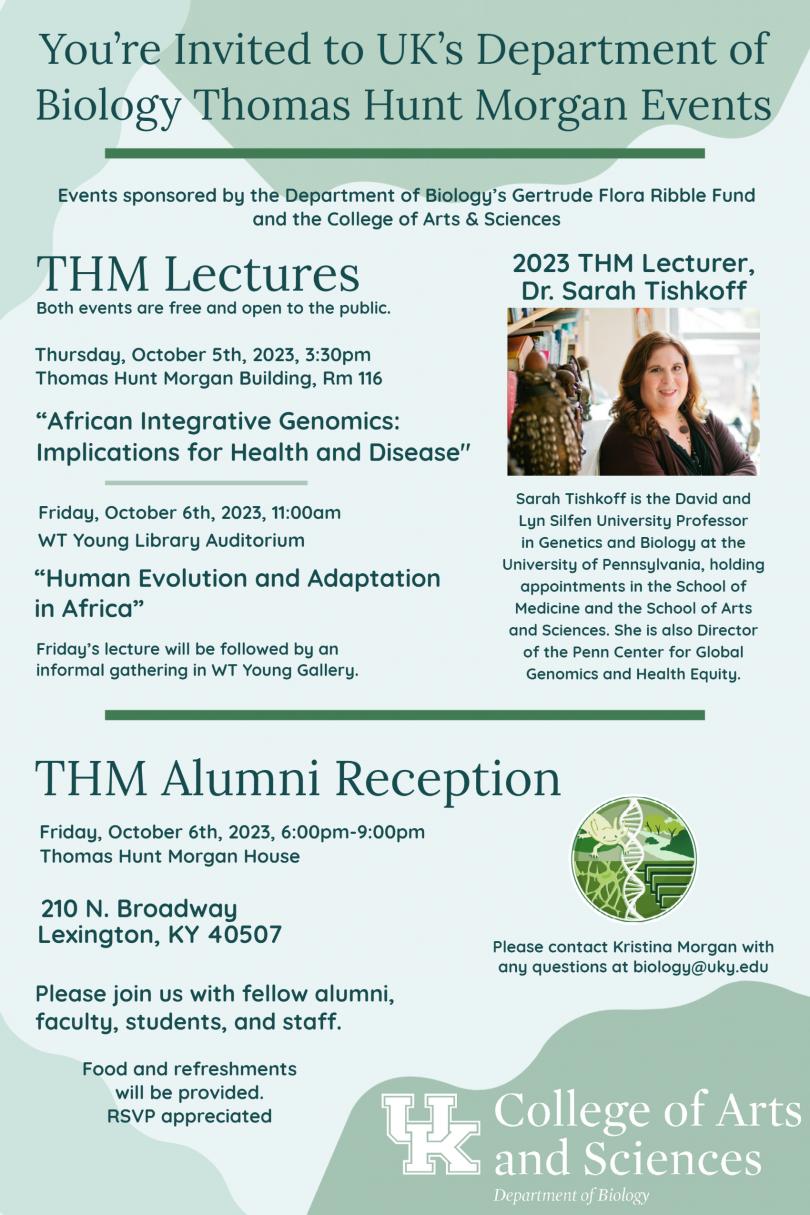
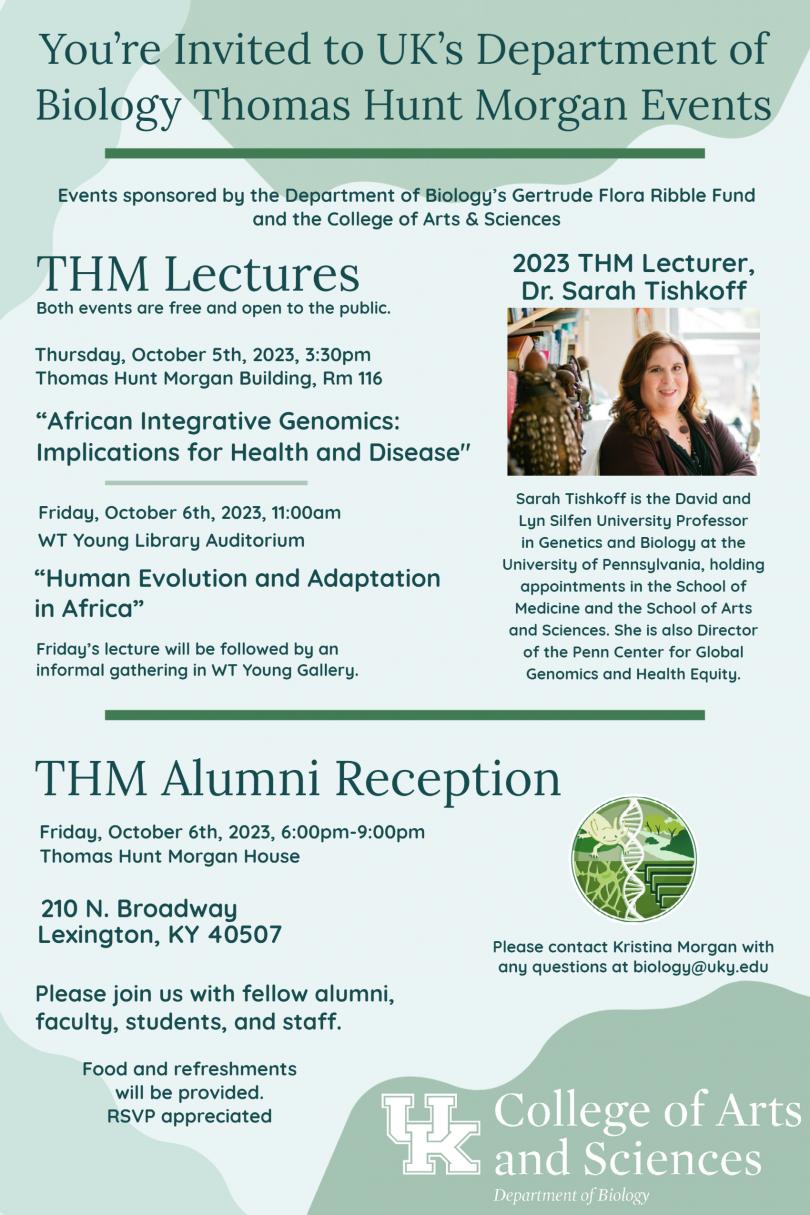
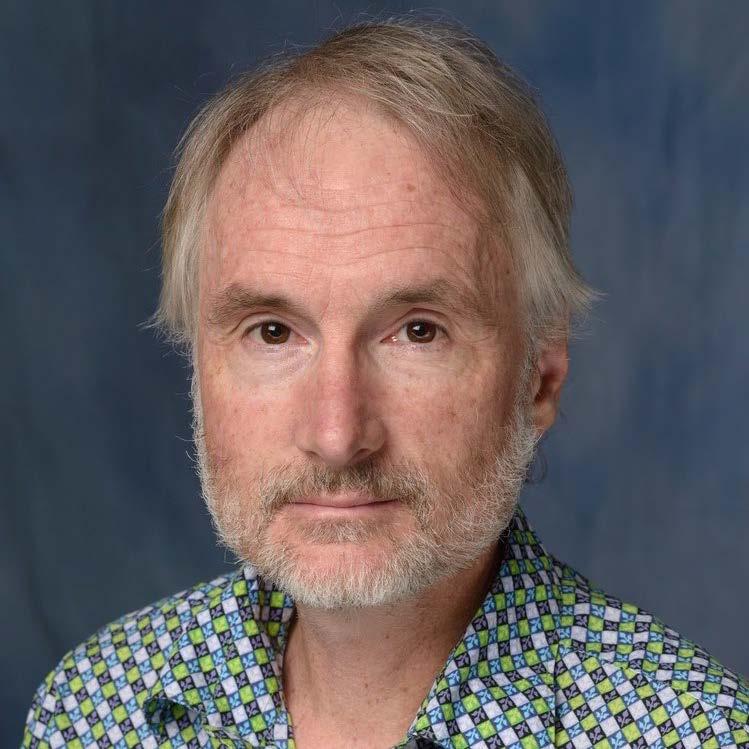
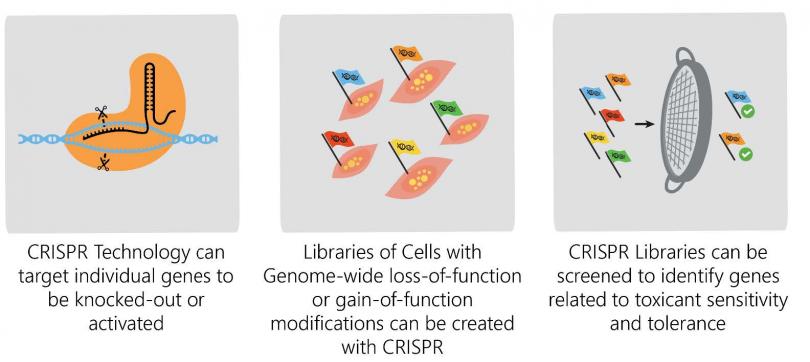


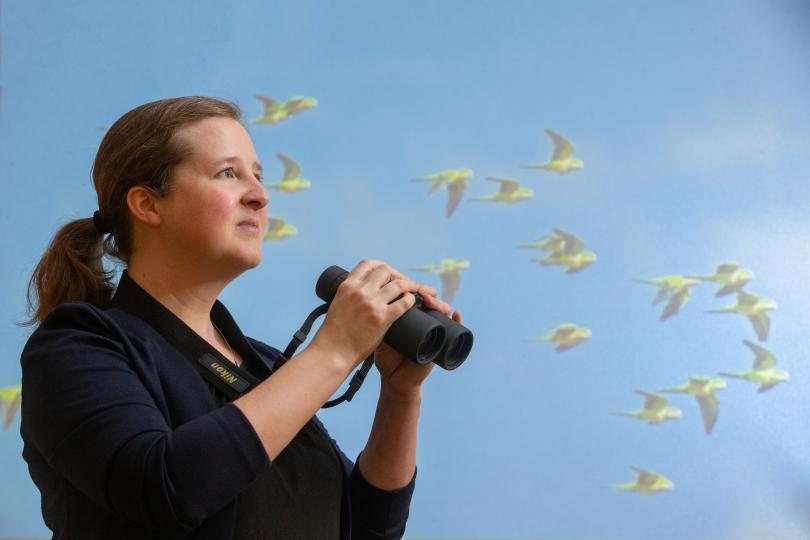

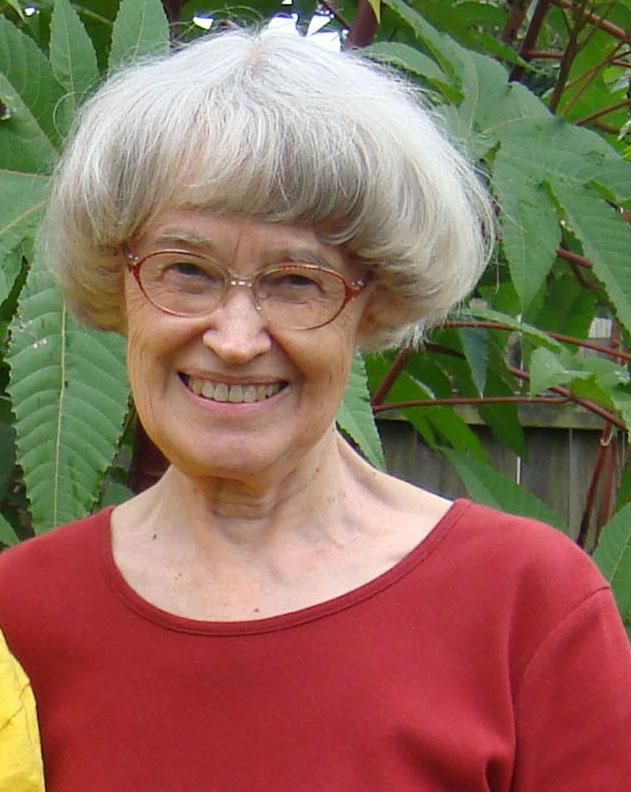
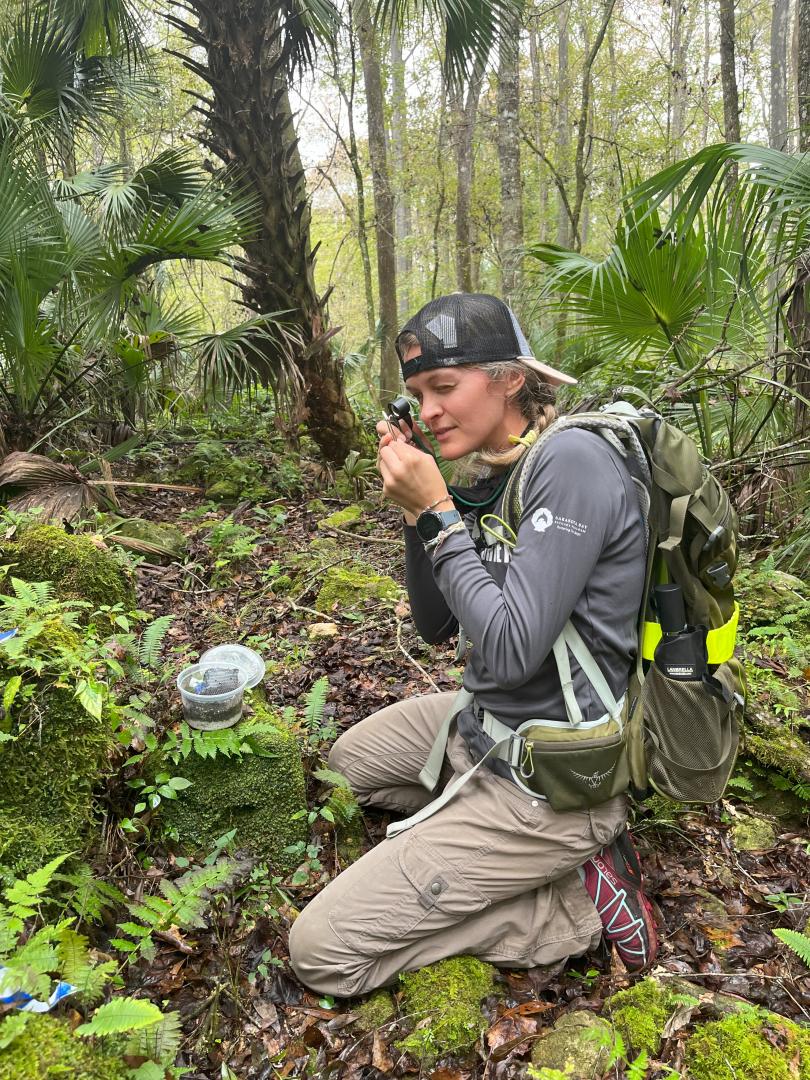 Dr. Sally Chambers
Dr. Sally Chambers